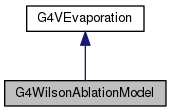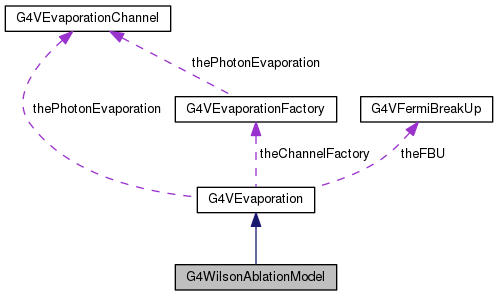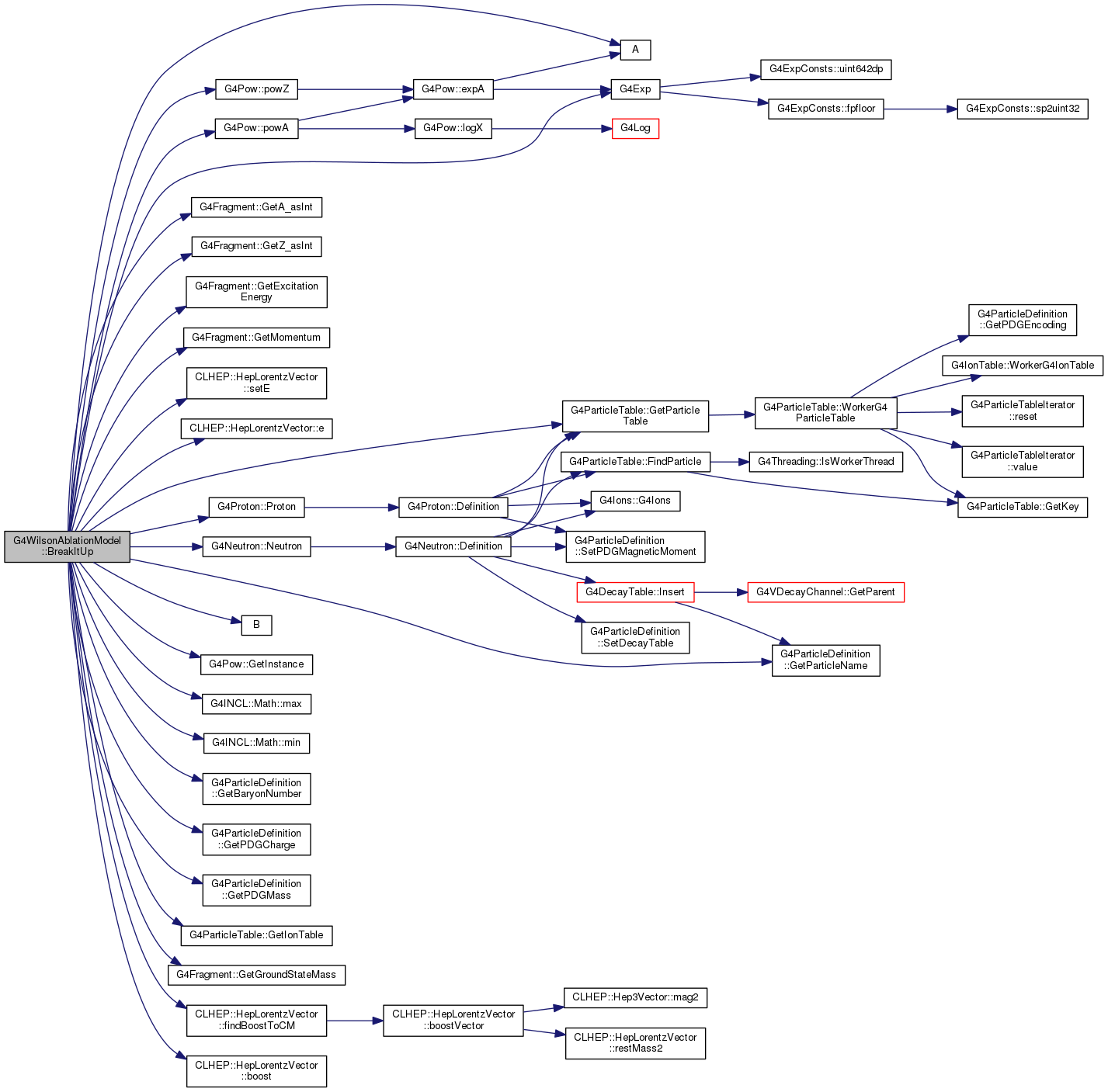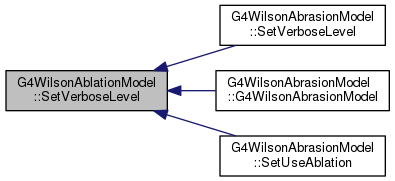|
Geant4
10.03.p03
|
|
Geant4
10.03.p03
|
#include <G4WilsonAblationModel.hh>


Public Types | |
| typedef std::vector < G4ParticleDefinition * > | VectorOfFragmentTypes |
Public Member Functions | |
| G4WilsonAblationModel () | |
| virtual | ~G4WilsonAblationModel () |
| G4FragmentVector * | BreakItUp (const G4Fragment &theNucleus) |
| void | SetProduceSecondaries (G4bool) |
| G4bool | GetProduceSecondaries () |
| void | SetVerboseLevel (G4int) |
| G4int | GetVerboseLevel () |
 Public Member Functions inherited from G4VEvaporation Public Member Functions inherited from G4VEvaporation | |
| G4VEvaporation () | |
| virtual | ~G4VEvaporation () |
| virtual void | BreakFragment (G4FragmentVector *, G4Fragment *theNucleus) |
| virtual void | InitialiseChannels () |
| virtual void | SetPhotonEvaporation (G4VEvaporationChannel *ptr) |
| void | SetFermiBreakUp (G4VFermiBreakUp *ptr) |
| G4VFermiBreakUp * | GetFermiBreakUp () const |
| G4VEvaporationChannel * | GetPhotonEvaporation () |
| G4VEvaporationChannel * | GetFissionChannel () |
| void | SetOPTxs (G4int opt) |
| void | UseSICB (G4bool use) |
| size_t | GetNumberOfChannels () const |
Additional Inherited Members | |
 Protected Member Functions inherited from G4VEvaporation Protected Member Functions inherited from G4VEvaporation | |
| void | CleanChannels () |
 Protected Attributes inherited from G4VEvaporation Protected Attributes inherited from G4VEvaporation | |
| G4VEvaporationChannel * | thePhotonEvaporation |
| G4VFermiBreakUp * | theFBU |
| G4int | OPTxs |
| G4bool | useSICB |
| std::vector < G4VEvaporationChannel * > * | theChannels |
| G4VEvaporationFactory * | theChannelFactory |
Definition at line 84 of file G4WilsonAblationModel.hh.
| typedef std::vector<G4ParticleDefinition*> G4WilsonAblationModel::VectorOfFragmentTypes |
Definition at line 90 of file G4WilsonAblationModel.hh.
| G4WilsonAblationModel::G4WilsonAblationModel | ( | ) |
Definition at line 113 of file G4WilsonAblationModel.cc.

|
virtual |
Definition at line 168 of file G4WilsonAblationModel.cc.
| G4FragmentVector * G4WilsonAblationModel::BreakItUp | ( | const G4Fragment & | theNucleus | ) |
Definition at line 174 of file G4WilsonAblationModel.cc.

|
inline |
Definition at line 120 of file G4WilsonAblationModel.hh.
|
inline |
Definition at line 128 of file G4WilsonAblationModel.hh.
Definition at line 116 of file G4WilsonAblationModel.hh.
Definition at line 124 of file G4WilsonAblationModel.hh.
